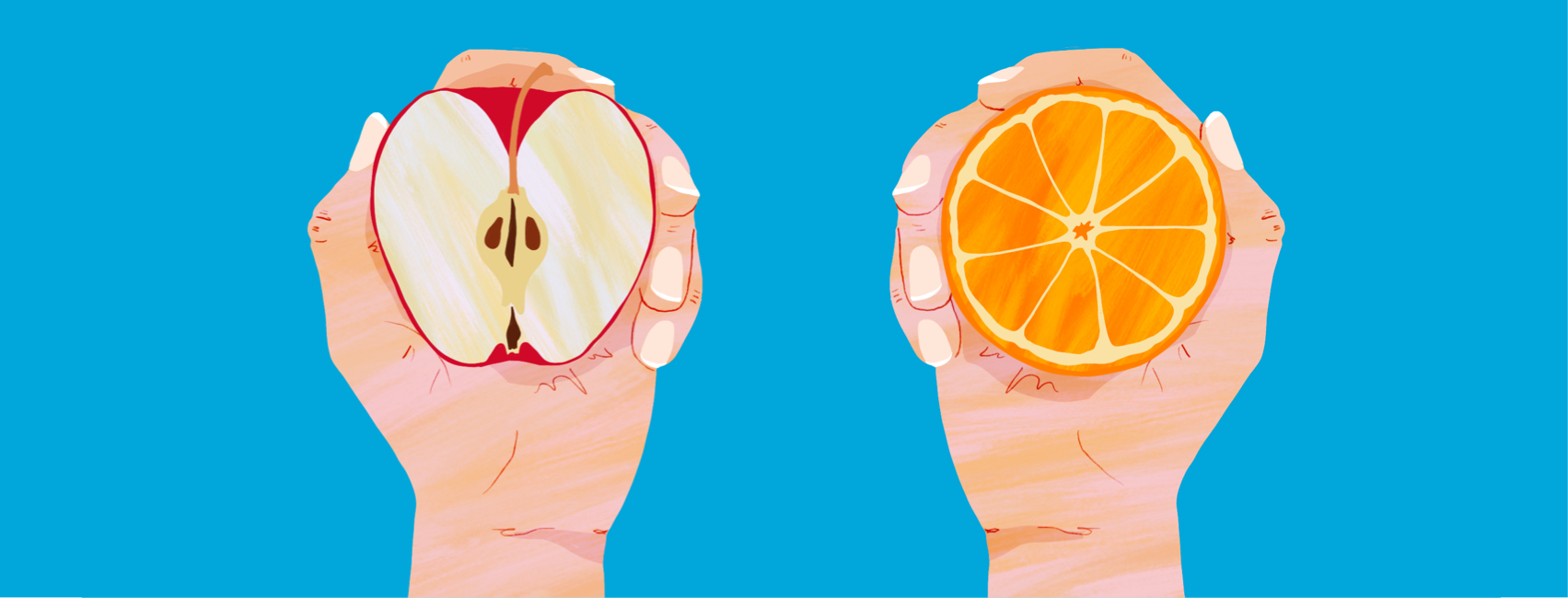Differentiating Inflammatory Back Pain from Osteoarthritis
Inflammatory back pain refers to pain and stiffness that comes along with an autoimmune condition such as ankylosing spondylitis. Wear-and-tear osteoarthritis and degenerative disc disease usually occurs over time with use and aging of our bodies. 1
The pain caused by ankylosing spondylitis can feel like an “invisible” back pain due to the challenges of diagnosis. This can happen especially so at early stages of the condition without good lab markers or clear findings on imaging such as x-rays and MRI scans.2
The clinical manifestations of ankylosing spondylitis usually begin in late adolescence or early adulthood. Women have less typical presentations and can have an even harder time with receiving a diagnosis.4 On the other hand, osteoarthritis of the spine and degenerative disc disease can cause mechanical low back pain that can occur at any age, but typically worsens with aging or injuries. There are a few other clinical pearls and notable symptoms to help with making the diagnosis of inflammatory back pain.
Inflammatory back pain improves with activity
Whereas osteoarthritis of the spine and degenerative disc disease cause increased low back pain with movement and activity, the pain of ankylosing spondylitis tends to ease up with movement and exercise. A lot of patients with ankylosing spondylitis say that “motion is lotion” and they feel more flexibility and less stiffness the more they move throughout the day.
Patients with AS notice that if they remain sedentary or rest for long periods of time, they can paradoxically feel worse and have more pain. Long car rides or having a sit-down job can lead to worsening of back pain and stiffness through the day. On the other hand, patients suffering from osteoarthritis and mechanical back pain can feel much better with rest and have flares of pain with increased movement.3
Prolonged morning joint stiffness
Ankylosing spondylitis causes severe morning back stiffness that often lasts an hour or more. Low back pain and stiffness are usually worst first thing in the morning upon awakening and get better as the body starts moving and limbering up. Osteoarthritis and degenerative disc disease can also cause morning joint stiffness, but usually not as prolonged, about 30 minutes or less.3
Waking up during the second half of the night
Since the pain and stiffness of ankylosing spondylitis is worst with being sedentary, it makes sense that trying to sleep overnight can be especially challenging for those affected by this condition. The second half of the night is especially agonizing as patients experience frequent awakenings, tossing and turning without being able to find a comfortable position.
Some even get up from bed and walk around a bit which relieves the pain and stiffness temporarily. This can result in chronic fatigue and trouble functioning during the daytime. On the other hand, patients with osteoarthritis and degenerative disc disease tend to feel better once they are laying down and resting, and don’t experience as much trouble sleeping due to back pain.3
Posterior hip or alternating buttock pain
In the early stages of ankylosing spondylitis, the exact location of the low back pain can be difficult to identify and describe, and can feel like buttock pain near the “dimples” of the lower back. Patients also often describe their symptoms as pain in the “back part” of the hip, or they’re not sure whether their pain is in the lower back, hips, or both. Buttock pain could initially alternate from side to side before becoming persistent. These symptoms could indicate inflammation of the sacroiliac joint.4
Have you ever had trouble differentiating types of pain?
Community Poll
Have you taken our In America Survey yet?

Join the conversation